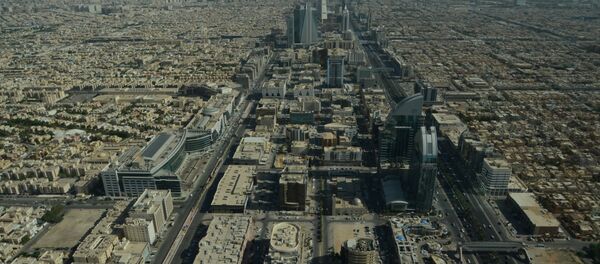Currently, production stands at 31.5 million barrels per day (bpd), while its target output is 30 million bpd.
This stance could cost some OPEC countries dearly amid continuously decreasing oil prices, according to Helima Croft, RBC Capital Markets global head of commodity strategy Helima Croft.
"The current OPEC strategy — or non-strategy — leaves a significant portion of the cartel at risk for a significant crisis in 2016," Business Insider quoted Croft as saying.
Moreover, this meeting exposed the "vast divide between OPEC members," as no significant steps for relieving contradictions between two key groups within the cartel had been made, she pointed out.
"The interests of member countries have perhaps never been so far apart," Croft wrote ahead of the meeting.
The second group contains more stable countries, which participate in the Gulf Cooperation Council (GCC): Saudi Arabia, Qatar, Kuwait, and the UAE; these high-income Arabian countries would be able to weather a lower price environment.
Croft also highlighted that under the set conditions, Iran would eventually team up with the OPEC members. If sanctions against the country are lifted, Tehran stands to reap significant economic benefits.
"[Iran's] refusal to abide by any output restrictions likely contributed to the lack of any real decision from the cartel," Croft pointed out.
According to Business Insider, the rift in OPEC may eventually affect the rivalry between Iran and Saudi Arabia, which are vying for regional hegemony. Reserve oil output and sanctions relief would play into the hands of Tehran, which could easily gain the upper hand in that case over Riyadh, which has been dealing with budget pressures and reported divisions among its elite.
So far, the Washington Post projects that the oil market will remain oversupplied in 2016, and that prices will be low. This could deepen the "divide within the cartel, and that could mean pain for some of its members going in the upcoming year" Business Insider concluded.






